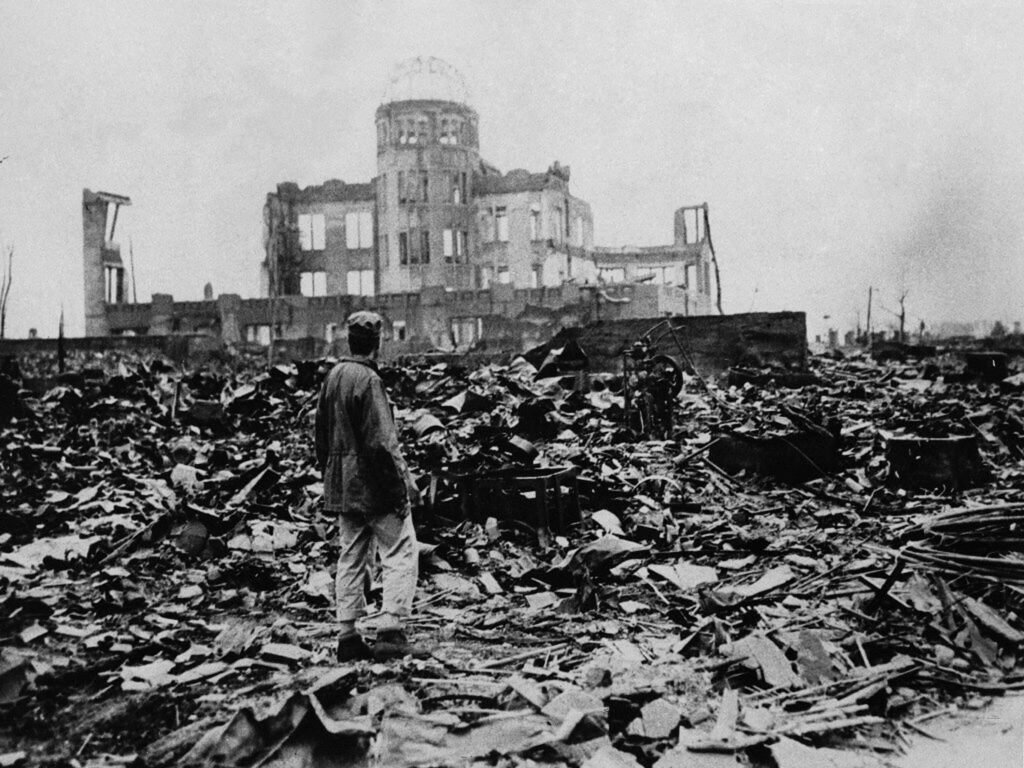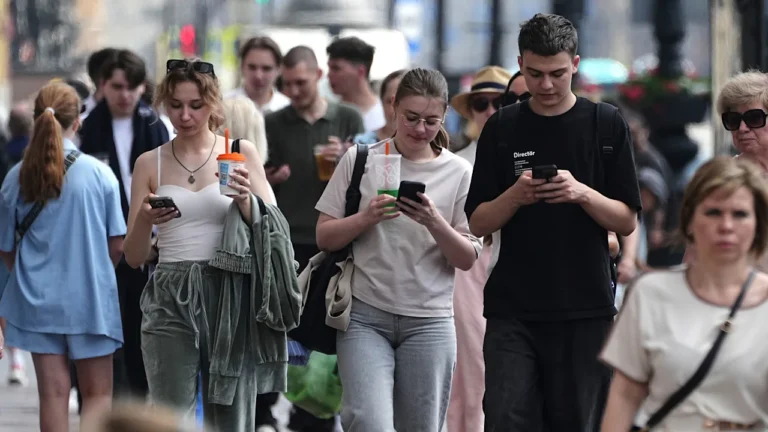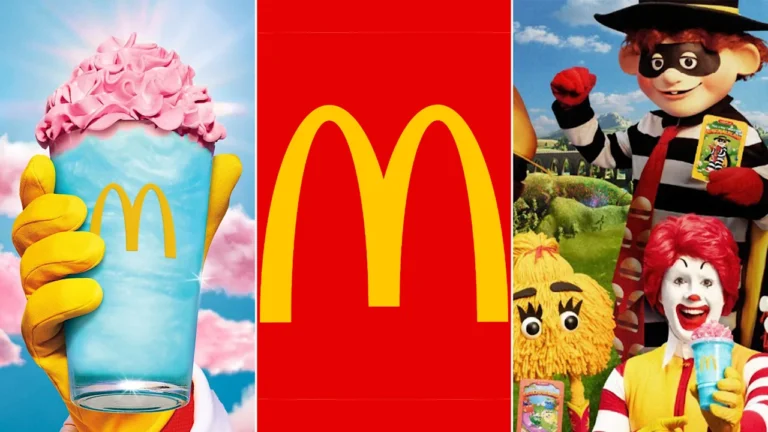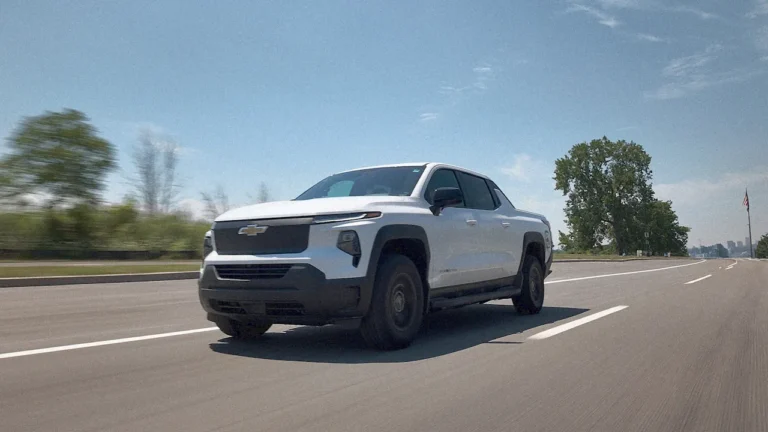80 years ago, the US dropped an atomic bomb on Hiroshima. Haunting photos show what happened that day in 1945.

Universal History Archive/Universal Images Group via Getty Images
- In May 1945, near the end of World War II, Germany surrendered to the Allies but Japan refused.
- To end the war quickly, President Truman’s government decided to drop an atomic bomb on Hiroshima.
- On August 6, the atomic bomb “Little Boy” was dropped, killing an estimated 80,000 people.
On August 6, 1945, a 10-foot-long uranium bomb that weighed 9,788 pounds called “Little Boy” was dropped on the Japanese city of Hiroshima.
The explosion wiped out 5 square miles of the city, including 62,000 buildings. Up to 80,000 people were killed instantly.
The explosion was so powerful people were vaporized leaving nothing behind except for their “nuclear shadow.”
The attack on Hiroshima has gone down as one of the deadliest days in Japanese history and ushered in the nuclear age. In the years since, there has been debate around whether the attacks were necessary to end the war.
Eighty years since the bombing, here’s a look at why the US government dropped the bomb, how the mission unfolded, and the devastating impact it had on Hiroshima.
Bettmann/Getty
Germany surrendered to the Allies — including Britain, China, the Soviet Union and the US — but instead of following suit, Japan continued to fight. They made it clear they would fight until the bitter end.
MPI/Getty
Between April and July, the Japanese killed as many as half of the total casualties they had inflicted over the previous three years of the war, according to History.com.
MPI/Getty
Until then, he had not known about the work being done by J. Robert Oppenheimer and his team on the Manhattan Project to build an atomic weapon. But with Japan’s refusal to surrender, he soon came around to the idea of using it.
Some generals argued the war should have been ended with a final invasion into Japan, but they also advised that it could result in the deaths of up to 1 million US troops.
Truman didn’t want more US soldiers to die so he chose to proceed with the atomic bomb if Japan wouldn’t surrender, Al Jazeera reported.
Many military leaders believed the atomic bomb was unnecessary and that Japan would surrender without the use of atomic bombs.
But a committee of advisors, led by the Secretary of War Henry Stimson, argued there was a consensus that backed the bomb and that it needed to be dropped to end the war.
AP Photo
On July 26, Truman made the Potsdam Declaration. He told Japan to unconditionally surrender or face “prompt and utter destruction.”
Japan ignored Truman’s demand.
US intelligence also showed that Japan, which had 2.5 million troops, was preparing for an American invasion.
Japan had readied thousands of suicide planes and more than 560,000 soldiers for an expected US invasion. Reports also showed that Japan planned on executing all US prisoners as soon as US armed forces landed in Japan, according to the National WWII Museum.
Art Edger/NY Daily News Archive/Getty
A crew of 12 was assembled on a US military base on Tinian, an island in Northern Marianas in the Pacific. Colonel Paul Tibbets was named pilot and Captain Robert Lewis was his co-pilot, per The New York Times.
Captain William Parsons was weaponeer and Second Lieutenant Morris Jeppson was the electronic test officer, according to the Atomic Heritage Foundation.
PhotoQuest/Getty
Tibbets told the crew they would be dropping bombs on Hiroshima, a city of approximately 350,000 people, but he didn’t tell them they would be dropping an atomic bomb.
MPI/Getty Images
It was a 10-foot-long uranium bomb that weighed 9,788 pounds.
Bettmann/Getty
It was confirmed that the drop would take place the next day.
AP Photo
At the time, there was no certainty that the flight would survive the explosion.
Corbis/Getty
Because Enola Gay’s cargo was so heavy, it required the entire 2 mile runway to take off.
Three weather planes also left Tinian. Each one flew to a potential target city — Hiroshima, Kokura, and Nagasaki — to check if weather conditions would permit a bomb drop.
Universal History Archive/Universal Images Group/Getty
They inserted gunpowder and a detonator into the bomb.
At 7:15 a.m., they removed the safety devices and inserted arming devices. Little Boy was ready to be deployed.
At 7:30 a.m., Tibbets told his crew, “We are carrying the world’s first atomic bomb.”
AP Photo
Tibbets told his crew it had been confirmed. He said, “It’s Hiroshima.”
The plan was to drop the bomb on the Aioi Bridge, a T-shaped bridge that Tibbet had earlier said was, “the most perfect aiming AP (aim point) I’ve seen in this whole damn war.”
Roger Viollet/Getty Images
It fell nearly 6 miles in 43 seconds before exploding 1,900 feet from the ground, the BBC reported.
Witnesses recalled a flash of blinding light before a giant mushroom shaped cloud filled the sky.
The fireball grew 900 feet in diameter. The power of the blast was the equivalent of 12-15,000 tons of TNT.
Tibbets pulled a sharp 155 degree turn as soon as the bomb was dropped, knowing there was less than 45 seconds to get away.
By the time the bomb exploded, Enola Gay was 11.5 miles away.
Hulton Archive/ Getty
At the core of the fireball the temperature was 300,000 degrees Celsius, while the surface was 7,000 degrees Celsius.
Tibbets later wrote about the explosion in his memoir, describing the mushroom cloud, as “boiling upward like something terribly alive,” The New York Times wrote in his obituary.
Galerie Bilderwelt/Getty Images
The explosion wiped out 62,000 buildings. Up to 80,000 people were killed instantly.
Another estimated 55,000 or so people would die by the end of 1945 from the effects of the explosion, including radiation poison and burn wounds.
According to the US Department of Energy’s Manhattan Project history, the final death count over the next five years was almost 200,000.
Universal History Archive/Universal Image Group/Getty
These shadows were actually what the surfaces looked like before the blast, but appeared dark in comparison to everything else that was bleached by the atomic heat, LiveScience reported.
Galerie Bilderwelt/Getty
Across the city, fires began to spread causing even more damage.
US Army Air Corps/PhotoQuest/Getty
It wasn’t until they were 368 miles from the city that they could no longer see the mushroom cloud, AHF reported.
Bettmann/Getty
While it was not enough to end the war, it had changed the world.
Keystone/Getty Images
Sixteen hours after the bomb, he told them the US was now “prepared to obliterate more rapidly and completely every productive enterprise the Japanese have above ground in any city.”
“We shall destroy their docks, their factories, and their communications. Let there be no mistake; we shall completely destroy Japan’s power to make war,” he said.
Prisma Bildagentur/Universal Images Group/Getty
It killed an estimated 70,000 people including those who later succumbed to the effects of the bomb by the end of 1945, PBS reported.
US Navy/Getty Images
The Japanese Emperor Hirohito announced the surrender via a recorded radio message.
Sources for this story included AHF, NationalWW2Museum, BBC, History.com, Al Jazeera, LiveScience, The New York Times, PBS, and The History Press.
The story was first published in August 2023 and most recently updated in August 2025.


